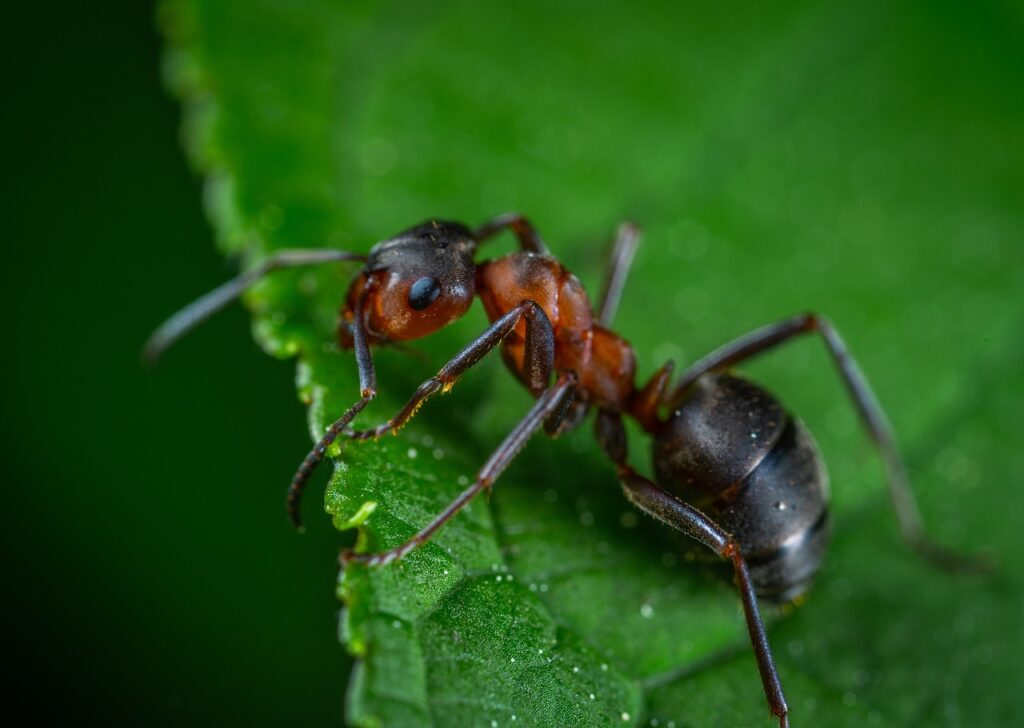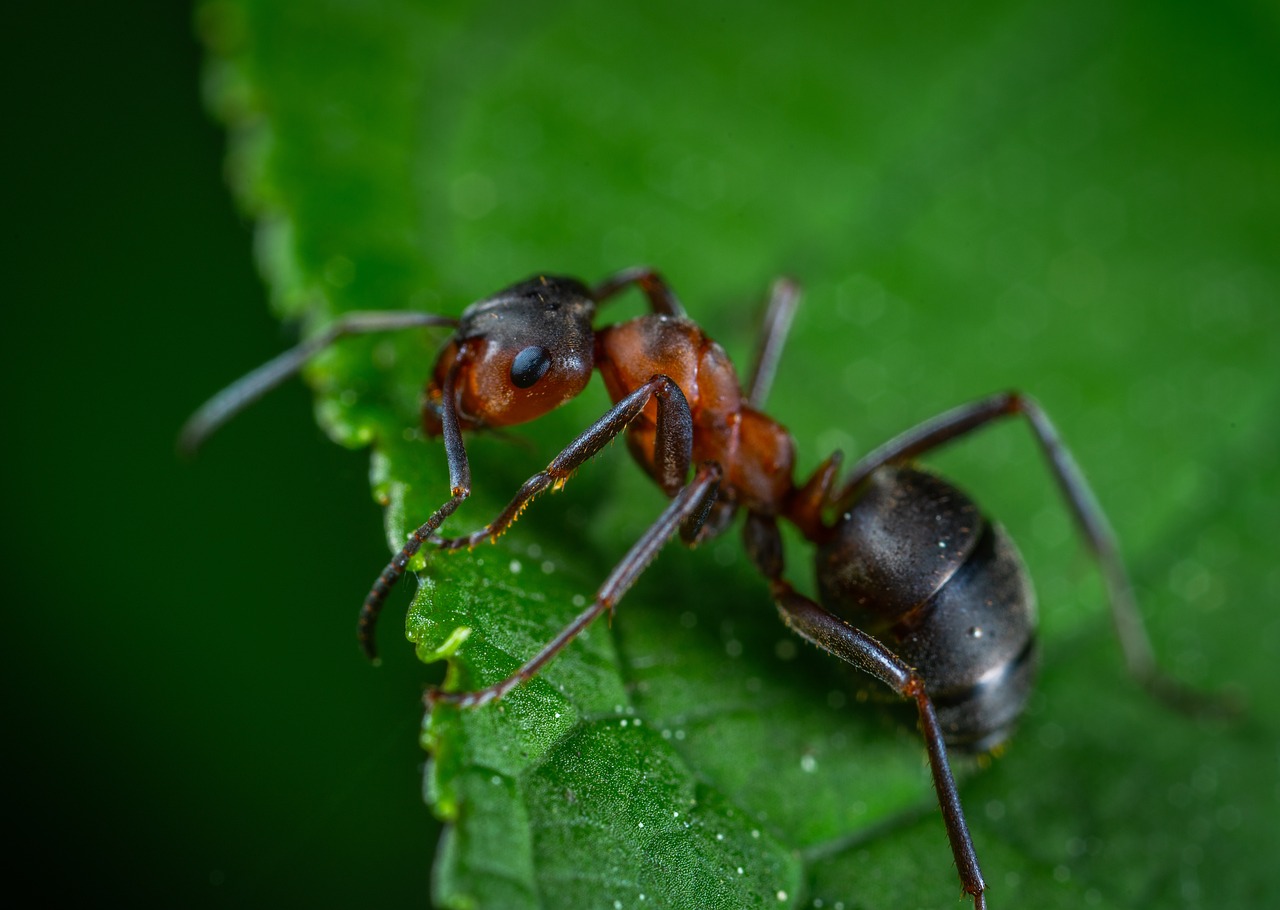
Sunrise Carpenter Ant are known for their destructive capabilities, but the daylight carpenter ant offers unique characteristics that set it piecemeal. This companion explores everything you need to know about this fascinating species, from its description to its benefits and how to manage them effectively.
Definition of Sunrise Carpenter Ant

The daylight carpenter ant is a species honored for its distinctive achromatism and geste . Unlike other ants, this species primarily thrives in warm surroundings. Understanding its niche is pivotal for effective operation and control.
Overview of Carpenter Ants

Carpenter ants are a different group, with colorful species set up worldwide. The daylight carpenter ant is one similar species, characterized by its warm achromatism. mindfulness of its unique traits helps separate it from other ants and informs operation strategies.
Importance of Studying Sunrise Carpenter Ants
Understanding the daylight carpenter ant is vital for ecological balance. By studying their actions and places within the ecosystem, we can appreciate their benefactions while mollifying their implicit pitfalls in mortal surroundings.
Comparison Table: Sunrise Carpenter Ant Overview
Aspect Details
Definition A species of carpenter ant distinguished by color and niche.
Features Notable for its size, geste , and unique nesting habits.
Benefits Contributes to ecosystem balance by aerating soil and putrefying organic matter.
Features of the Sunrise Carpenter Ant
The daylight carpenter ant exhibits specific traits that make it intriguing. Their body is generally larger than utmost ants, frequently ranging from 1/4 to 1/2 inch long. The achromatism ranges from sanguine- brown to a vibrant orange tinge, which adds to their unique appeal.
Physical Characteristics
The daylight carpenter ant has distinct physical characteristics that are important for identification. Their candescent, smooth exoskeleton and well- defined bills are pivotal for their wood- digging geste .
Their eyes are fairly large, furnishing excellent vision in low- light conditions. Understanding these features aids in distinguishing them from analogous ant species.
Behavioral Traits
Behaviorally, the daylight carpenter ant is known for its social structure and rustling habits. They communicate through pheromones, which help them coordinate conditioning and detect food sources. This geste is essential for colony survival.
also, these ants parade a unique nesting geste . They frequently shovel wood to produce nests, leading to implicit structural damage in mortal homes.
Habitat Preferences
This species prefers wettish and decaying wood for nesting. The daylight carpenter ant is frequently set up in trees, wholes, and rustic structures. They play an essential part in breaking down dead trees, contributing to timber health.
Ideal Environments
The ideal surroundings for daylight carpenter ants include timbers, premises , and civic areas with sufficient wood sources. They thrive in warm, sticky conditions, which are essential for their survival and reduplication.
Understanding these niche preferences helps homeowners identify implicit threat areas for infestations. Areas with decaying wood near homes are particularly vulnerable.
Nesting Habits
Sunrise carpenter ants construct their nests in damp, decaying wood, frequently making their homes in fallen trees or rustic structures. They prefer softwood, as it’s easier to shovel.
These nests can frequently go unnoticed until the damage becomes severe. Regular examinations of rustic structures can help identify nests before they beget significant problems.
Behavior Patterns
The daylight carpenter ant exhibits a social structure typical of ant colonies. Workers probe for food, while the queen focuses on reduplication. These ants are substantially nightly, which can make discovery delicate during the day.
Foraging Behavior
The rustling geste of daylight carpenter ants is intriguing. They frequently travel in trails to food sources, which can include sticky substances and proteins. This geste not only helps them gather food but also aids in colony communication.
Their rustling can lead them into homes in hunt of food. Understanding these patterns is vital for enforcing effective operation strategies.
Social Structure and Communication
The colony’s social structure consists of a queen, workers, and drones. The queen is responsible for reduplication, while worker ants gather food and maintain the nest. Communication occurs through pheromones, allowing effective collaboration among colony members.
This social scale is pivotal for the colony’s success. The cooperative sweats of workers insure that the queen can concentrate on laying eggs and expanding the colony.
Lifecycle and Reproduction
The lifecycle of the daylight carpenter ant consists of four stages egg, naiad, nymph, and grown-up. The queen can lay thousands of eggs, icing the colony’s growth. Understanding this lifecycle aids in effective control measures.
Egg Stage
The egg stage is critical for colony expansion. The queen lays small, white eggs that are incubated by worker ants. The eggs door within a many weeks, and the naiads crop .
During this stage, worker ants give care for the naiads , icing they’re fed and defended. This nurturing geste is vital for the development of unborn workers and the colony’s overall health.
Larval and Pupal Stages
After setting, naiads suffer several molts before entering the pupal stage. During this time, they’re fed a diet of protein and sugar by the worker ants. The larval stage can last several weeks.
Once completely developed, the naiads pupate and transfigure into adult ants. This process is fascinating and highlights the collaborative nature of the colony. Adult ants also take on places within the colony, contributing to its survival.
Adult Stage and Mating
Once the ants reach majority, their places come defined within the colony. Worker ants concentrate on rustling, nest conservation, and minding for the queen and her seed.
sleeping occurs during the matrimonial flight, where soared males and ladies leave the colony to reproduce. After lovemaking, males die, and fertilized ladies establish new colonies. This reproductive strategy is pivotal for the survival of the species.
Benefits of the Sunrise Carpenter Ant
While frequently seen as pests, daylight carpenter ants play vital places in the ecosystem. They aerate the soil, which promotes healthy factory growth. also, they help putrefy organic matter, perfecting the soil.
Ecological Contributions
The daylight carpenter ant contributes to ecological balance by breaking down decaying wood and returning nutrients to the soil. Their nesting geste aerates the soil, enhancing its quality for factory growth.
Understanding their ecological benefactions helps frame their actuality appreciatively. While they may pose pitfalls to structures, their part in maintaining a healthy terrain is significant.
Role in Pest Control
These ants also play a part in pest control by feed on other insects. By maintaining a natural balance in their territories, they help regulate pest populations, serving both shops and other wildlife.
Feting the daylight carpenter ant as a natural pest control agent can shift the perception of these insects. This mindfulness emphasizes the significance of concurrence with nature.
Risks Associated with Sunrise Carpenter Ants
Despite their benefits, daylight carpenter ants can pose pitfalls. Their nesting habits can compromise rustic structures.However, they can beget expansive damage, leading to expensive repairs, If left unbounded.
Structural Damage
The primary threat associated with daylight carpenter ants is structural damage. Their wood- digging geste can weaken rustic structures, including homes and other structures.
relating signs of infestation beforehand can help alleviate pitfalls. Look for sawdust piles, wood slices, and rustling sounds within walls. Being visionary can save homeowners significant headaches in the future.
Financial Implications
The fiscal counteraccusations of a daylight carpenter ant infestation can be significant. Repairing damaged structures can lead to expensive emendations. also, homeowners may dodge charges from pest control services.
Understanding the implicit pitfalls can motivate homeowners to take preventative measures. Beforehand discovery is crucial to minimizing fiscal losses and icing the integrity of the home.
Effective Management Strategies
Managing daylight carpenter ants involves a combination of forestallment and control measures. Regular examinations of rustic structures can help identify implicit infestations beforehand. Homeowners should insure proper drainage around their parcels to minimize humidity.
Preventive Measures
preventative measures include sealing cracks and crannies in your home’s foundation, icing proper drainage, and maintaining wood piles down from your house. These strategies minimize entry points for these ants.
By keeping wood stored down from the home and icing there’s no standing water, homeowners can significantly reduce the liability of attracting daylight carpenter ants.
Monitoring and Inspection
Regular monitoring and examination are vital in managing daylight carpenter ants. Check areas like garrets, basements, and door frames for signs of exertion. Beforehand discovery can lead to easier and further effective treatment options.
Creating a conservation schedule for home examinations can help catch implicit infestations before they escalate. Homeowners should also consider using monitoring traps to descry ant exertion.
Chemical Control Options
In cases of severe infestations, chemical control may be necessary. Bait stations containing germicides can effectively reduce ant populations. Always follow marker instructions for safe and effective use.
It’s essential to consult a pest control professional for severe infestations. They can give acclimatized results to manage the daylight carpenter ant effectively. Their moxie ensures safe operation of treatments.
Frequently Asked Questions (FAQs)
What are the signs of a daylight carpenter ant infestation?
Signs include the presence of sawdust piles, wood slices, and rustling sounds within walls. These pointers suggest active nesting and should prompt immediate action.
Are daylight carpenter ants dangerous to humans?
While they do n’t pose direct pitfalls to humans, their nesting habits can beget significant damage to rustic structures. This circular detriment necessitates prompt operation.

